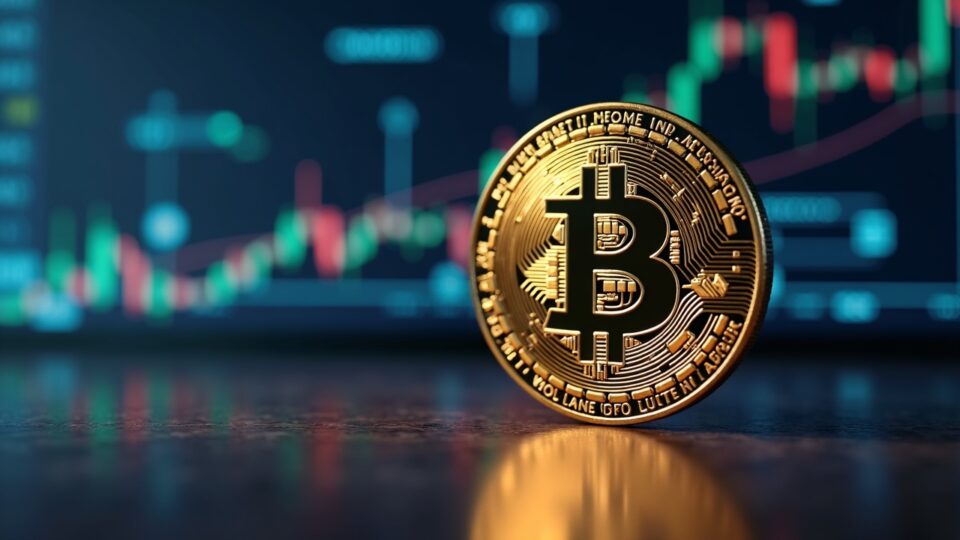In a clear contrast of post-halving approaches, Bitcoin miner strategies show a notable divergence. Mining giant CleanSpark has chosen to accumulate one of the largest Bitcoin reserves in the sector. Meanwhile, its direct competitor, Riot Platforms, has decided to sell a significant portion of its mined digital assets. This fork in the road was highlighted in recent operational reports from both companies.
The latest data reveals the magnitude of these decisions. CleanSpark has increased its holdings to 13,011 BTC, valued at approximately $1.6 billion. This accumulation underscores a firm belief in the long-term value of the asset. Simultaneously, the company has boosted its operational expansion by acquiring new infrastructure. This move aims to strengthen its dominant position in the mining market.
On the other hand, Riot Platforms has followed a different route to secure liquidity and fund its operations. The company sold 465 bitcoins, generating net revenue of $52.6 million. Although its BTC holdings have grown by 85% compared to the previous year, its main focus has been active monetization of a part of its monthly production. This tactic allows them to cover operational costs without diluting shareholder value.
To hoard or to sell? The post-halving dilemma
The current market context is key to understanding these decisions. The recent halving of the block reward has put pressure on miners’ profit margins. This forces them to optimize their operations and treasury management. The choice between accumulating BTC or selling it responds to different views on market volatility and the future. Both companies use credit lines backed by their BTC to finance their expansion plans.
CleanSpark’s strategy suggests a bullish outlook, betting that the price of Bitcoin will increase considerably in the future. Conversely, Riot Platforms’ decision reflects a more conservative approach, prioritizing financial stability and cash flow to sustain growth. This contrast in Bitcoin miner strategies illustrates the complexity of the sector and the different ways to navigate the post-halving environment.
These decisions not only impact the financial health of each company but also send important signals to the market. Large-scale accumulation can be interpreted as an indicator of confidence in the ecosystem. Meanwhile, strategic selling can be seen as prudent risk management. The behavior of these giants will be crucial in defining trends in the Bitcoin mining industry over the coming months.

